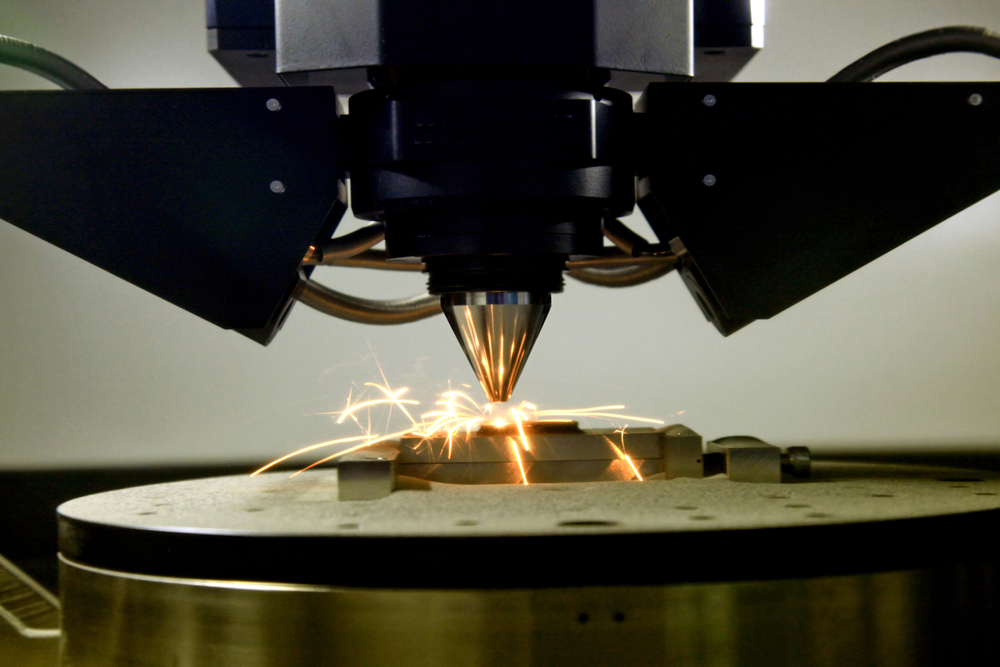
The International Organization for Standardization (ISO) and ASTM International have jointly crafted the Additive Manufacturing Standards Development Structure, a framework which they say will help meet the needs for new technical standards in the field of 3D printing.
According to the organisations, the new structure will help:
- guide the work of global experts and standards development organizations involved in AM standardization
- identify standards-related gaps and needs in the AM industry
- prevent overlap and duplicative efforts in AM standards development
- ensure cohesion among AM standards
- prioritize AM standards areas
- improve usability and acceptance among the AM community, including manufacturers, entrepreneurs, consumers, and others.
Based on this structure, standards can be developed at three levels:
- general standards (eg, concepts, common requirements, guides, safety)
- standards for broad categories of materials (eg, metal powders) or processes (eg, powder bed fusion)
- specialized standards for a specific material (eg, aluminum alloy powders), process (eg, material extrusion with ABS), or application (eg, aerospace, medical, automotive).
‘This structure will help experts worldwide interact in a more streamlined and meaningful way, leading to the integration and application of new technologies at an accelerated rate,’ said Carl Dekker, president of MET-L-FLO Inc, and chair of ASTM International’s committee on additive manufacturing technologies (F42). ‘In the future, we could see even more benefits, such as uniform workforce training and a stronger ability to focus on constant quality improvement rather than potential confusion surrounding specifications.’
Robust standards
‘This coordinated approach to standards development in AM is crucial to building out robust standards at all levels,’ said Jörg Lenz, collaborative projects coordinator at Electro Optical Systems and chair of ISO Technical Committee 261 on additive manufacturing (ISO/TC261). ’Standards developers can see how this new structure allows them to come together, leading to further innovation in fields like aerospace, medical, and automotive, and also other benefits such as a platform for certification activities.’
According to ASTM, the new structure does not confine the scope of work for any standards organization but provides a framework in which the majority of standards needs can be met. A companion guidance document is also being developed to accompany this structure.
This story is reprinted from material from ASTM, with editorial changes made by Materials Today. The views expressed in this article do not necessarily represent those of Elsevier.

